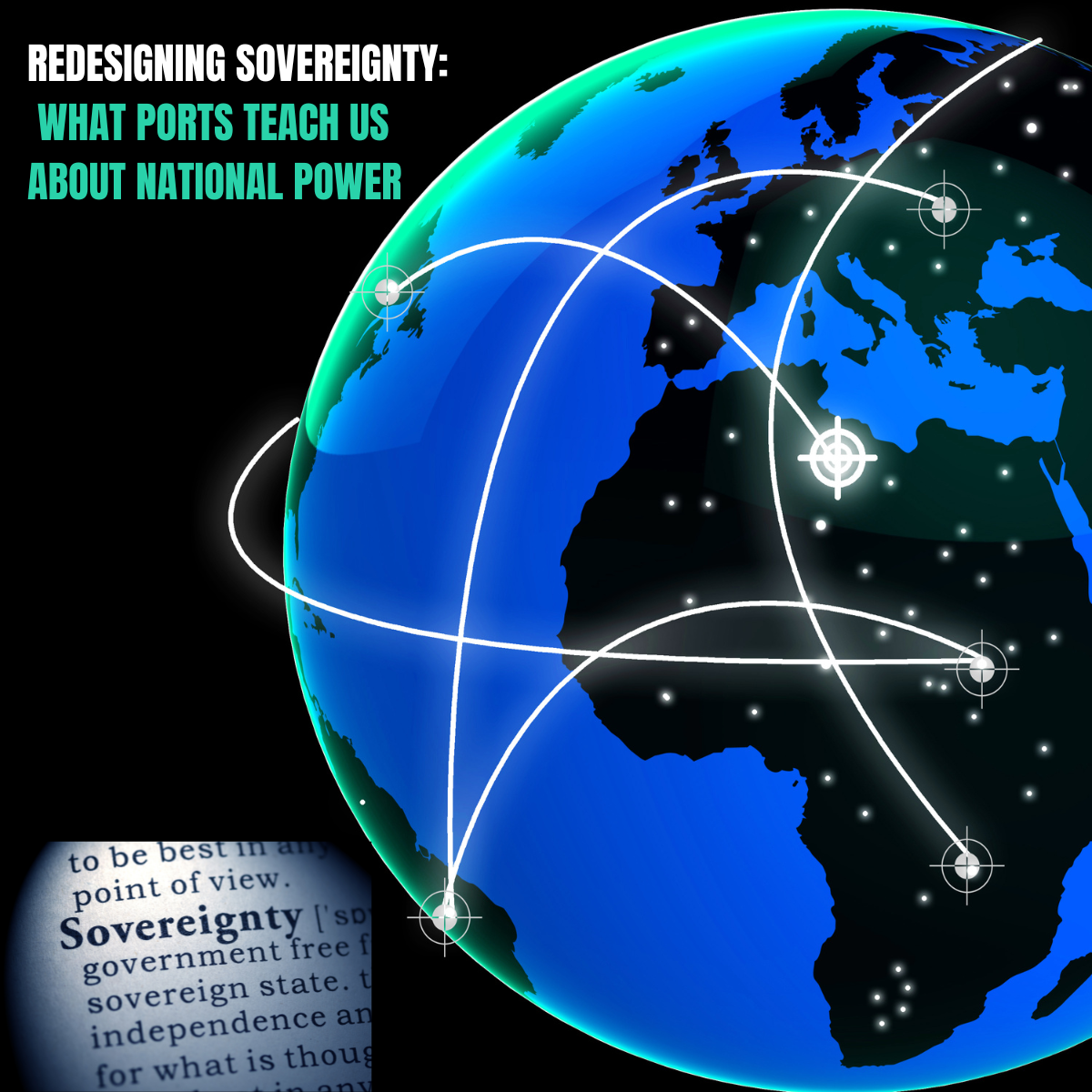When we talk about security in the maritime sector, the conversation usually defaults to global tensions, supply chain chokepoints, or naval presence. But what if our biggest vulnerabilities are not geopolitical—but structural?
In many ways, that’s what “readiness” has come to mean. We tend to define it in traditional terms—compliance, operations, infrastructure. But this past month has shown that readiness today is being redefined, shaped by emerging threats and systemic pressure points we can no longer overlook.
Cyber interference with global vessel traffic, container fires linked to electric vehicles, carbon capture solutions being deployed ship by ship, and a defense budget built on bridging capability gaps—these aren’t separate issues. They are signals of a system facing converging pressures.
What we’re witnessing is a sector that must now plan, operate, and invest with a completely redefined understanding of risk—and of resilience.
Digital Readiness: Cybersecurity Moves to the Forefront
Over 1,000 vessels have reported AIS and GPS spoofing in recent months—many in strategic zones like the Strait of Hormuz.
Ports from Nagoya to Seattle have experienced ransomware attacks, disrupting operations and logistics. These aren’t isolated events—they’re systemic. And the International Maritime Organization’s evolving Cyber Risk Management Framework is calling on all maritime actors to integrate cybersecurity into core safety systems, not silo it as an IT issue.
Organizations are now embedding threat response into their Safety Management Systems. Classification societies like American Bureau of Shipping (ABS) and DNV are supporting audits and crew training. But full alignment across ports, carriers, and supply chain actors remains uneven.
The lesson? Cyber readiness is no longer an option—it’s a baseline for operational continuity and international trust.
Operational Readiness: Shipping Clean Tech, Safely
The Morning Midas fire—likely involving nearly 800 EVs—has reignited urgent questions about lithium-ion transport safety. Thermal runaway isn’t theoretical; it can spread quickly in confined spaces, emitting toxic gases and disabling traditional suppression systems.
Yet the systems we use to ship batteries haven’t kept up with their scale. Most cargo codes aren’t updated. Few ports have dedicated response protocols. And carriers still lack early detection tools.
Some operators, such as Wallenius Wilhelmsen and the Port of Antwerp-Bruges are moving forward with pilot projects and revised safety practices. But the gap remains between the pace of the energy transition and the readiness of maritime logistics to support it.
Climate Readiness: Transition Tools Without Stalling Progress
Seabound’s carbon capture modules—designed to fit inside a shipping container and scrub up to 78% of CO₂—are now being piloted on vessels. It’s a clever solution for regulatory compliance and transition support.
But it also reflects a deeper question: are we using these tools to advance the transition—or to delay the harder shift?
Carbon capture onboard has value. But without lifecycle data, regulation, or integration into longer-term fleet strategies, it risks becoming a bandage.
Leaders like A.P. Moller – Maersk are balancing short-term tools with long-term investment in green fuels. Readiness means being able to act now, without losing sight of where we need to go.
What’s the take? Readiness is Being Redefined
Today’s maritime landscape demands more than compliance—it demands foresight. Digital integrity, clean cargo safety, and climate alignment are no longer side considerations. They’re central to how ports, fleets, and nations will lead.
The good news? There’s momentum.
We’re seeing public investment, private innovation, and international collaboration align like never before.
But now is the time to invest—not just in systems, but in strategies.
Readiness today is not about reacting faster—it’s about preparing differently. Because in this new environment, the most resilient actors won’t be the biggest. They’ll be the ones who adapt first.
Let’s Keep the Conversation Going 💬
How is your organization redefining readiness? What investments are you making to prepare—not just for the next disruption, but for the decade ahead?
Share your insights. Let’s connect!

No responses yet